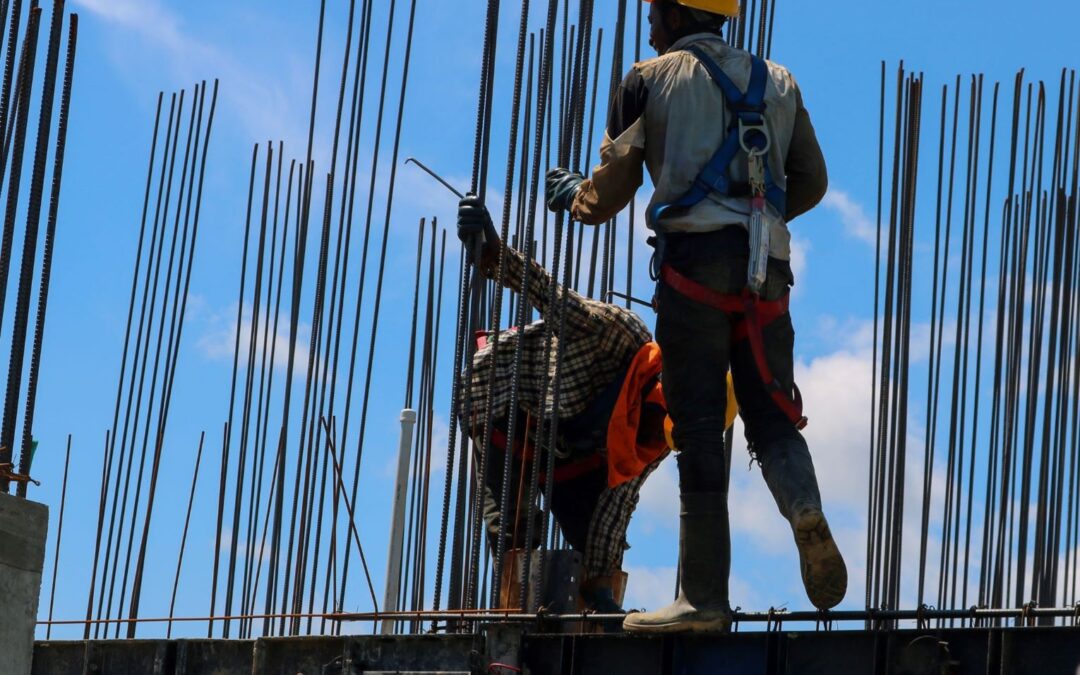If you are in the construction industry you may, or may not, have already heard of the Domestic reverse charge VAT legislation.
The announcement to implement this was made back in 2019 but delayed due to Brexit and then Covid-19. It is now being introduced on 1 March 2021.
Whether your business purchases or supplies construction industry services, it is important for you to know about the changes.
Preparations may need to be made, such as making sure that your accounting systems and software can deal with the reverse charge and ensuring that your staff are up to date with the changes.
What is Domestic reverse charge VAT?
The domestic reverse charge VAT procedure is an anti-fraud measure designed to counter sophisticated criminal attacks on the UK VAT system. It intends to cut down on “missing trader” fraud, where companies receive high net amounts of VAT from their customers but have no intention of paying the VAT to HMRC.
Who does it affect?
It affects VAT registered construction businesses who supply or receive construction and building services that are reported under the Construction Industry Scheme (CIS). It means the customer (contractor) will be responsible for the VAT due to HMRC instead of the supplier (subcontractor).
What services does it apply to?
The reverse charge will affect services that are reported under the Construction Industry Scheme (CIS). This includes the following, and any services that form an integral part of the items below, or are preparatory to them, or are for rendering them complete (for example, site clearance or earth-moving excavation):
- construction, alteration, repair, extension, demolition or dismantling of buildings or structures (whether permanent or not), including offshore installations
- construction, alteration, repair, extension or demolition of any works forming, or to form, part of the land, including (in particular) walls, roadworks, power lines, electronic communications apparatus, aircraft runways, docks and harbours, railways, inland waterways, pipelines, reservoirs, water mains, wells, sewers, industrial plants and installations for purposes of land drainage, coast protection or defence
- installation in any building or structure of systems of heating, lighting, air conditioning, ventilation, power supply, drainage, sanitation, water supply or fire protection
- internal cleaning of buildings and structures, so far as carried out during their construction, alteration, repair, extension or restoration
- painting or decorating the internal or external surfaces of any building or structure.
A full list can be found here.
Remember that the reverse charge applies to the services listed above plus any construction materials used directly for those services.
Other points to consider:
- This is different to the CIS scheme, which does not cover materials.
- Invoices should clearly indicate the reverse charge applies using the correct terminology. Your invoice should still show all the usual information required for a VAT invoice.
- If you undertake work overseas, you can continue to operate in the usual way. A reverse charge only applies to UK companies providing construction services in the UK to VAT-registered customers.
- The reverse charge applies to both standard and reduced-rate VAT supplies. However, it does not apply to zero-rated supplies.
If you have any questions or need any assistance with this, please get in touch with Jack Armstrong, Ria Leadbetter or Zac Coleman.
Janet Rochford
Marketing Manager

